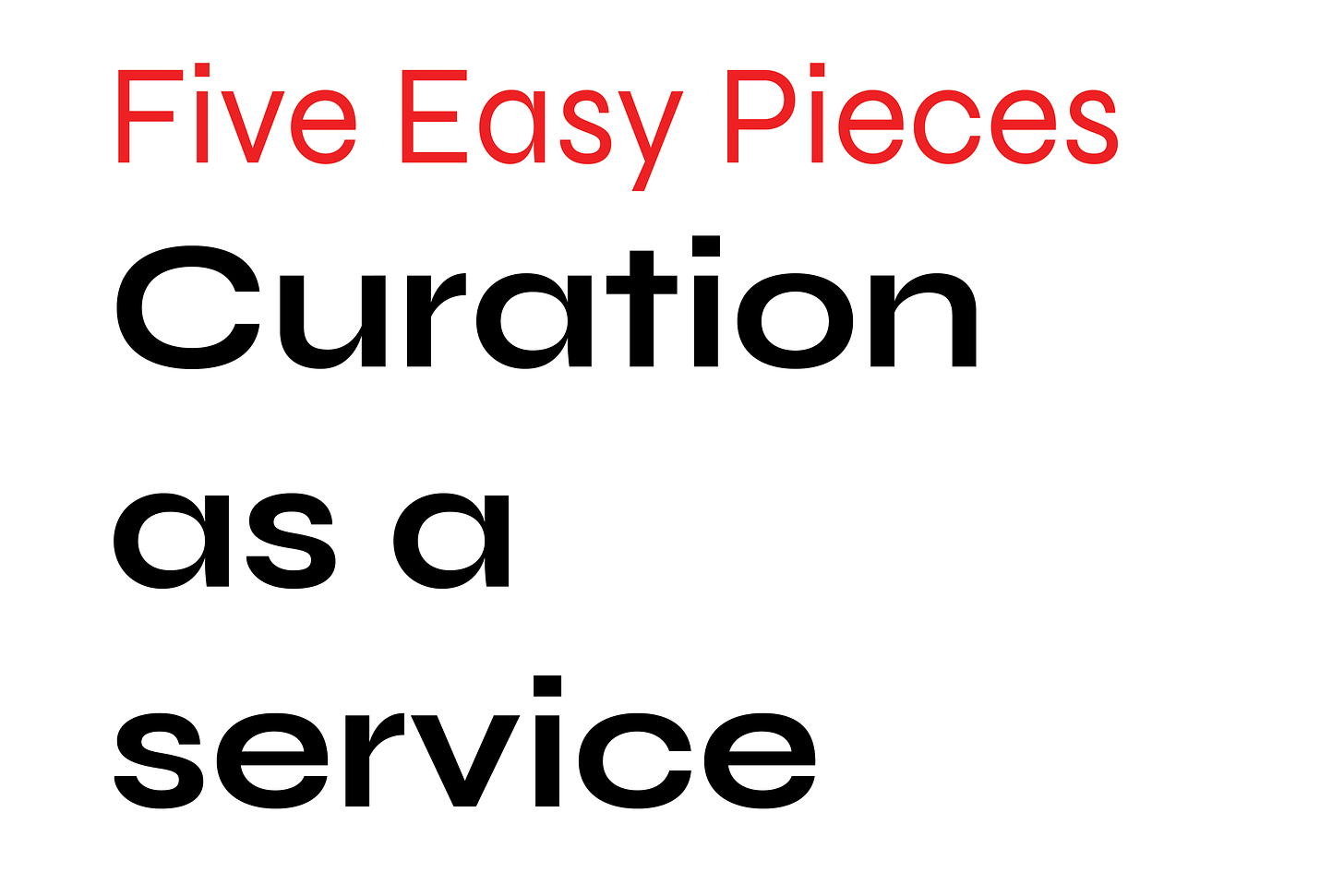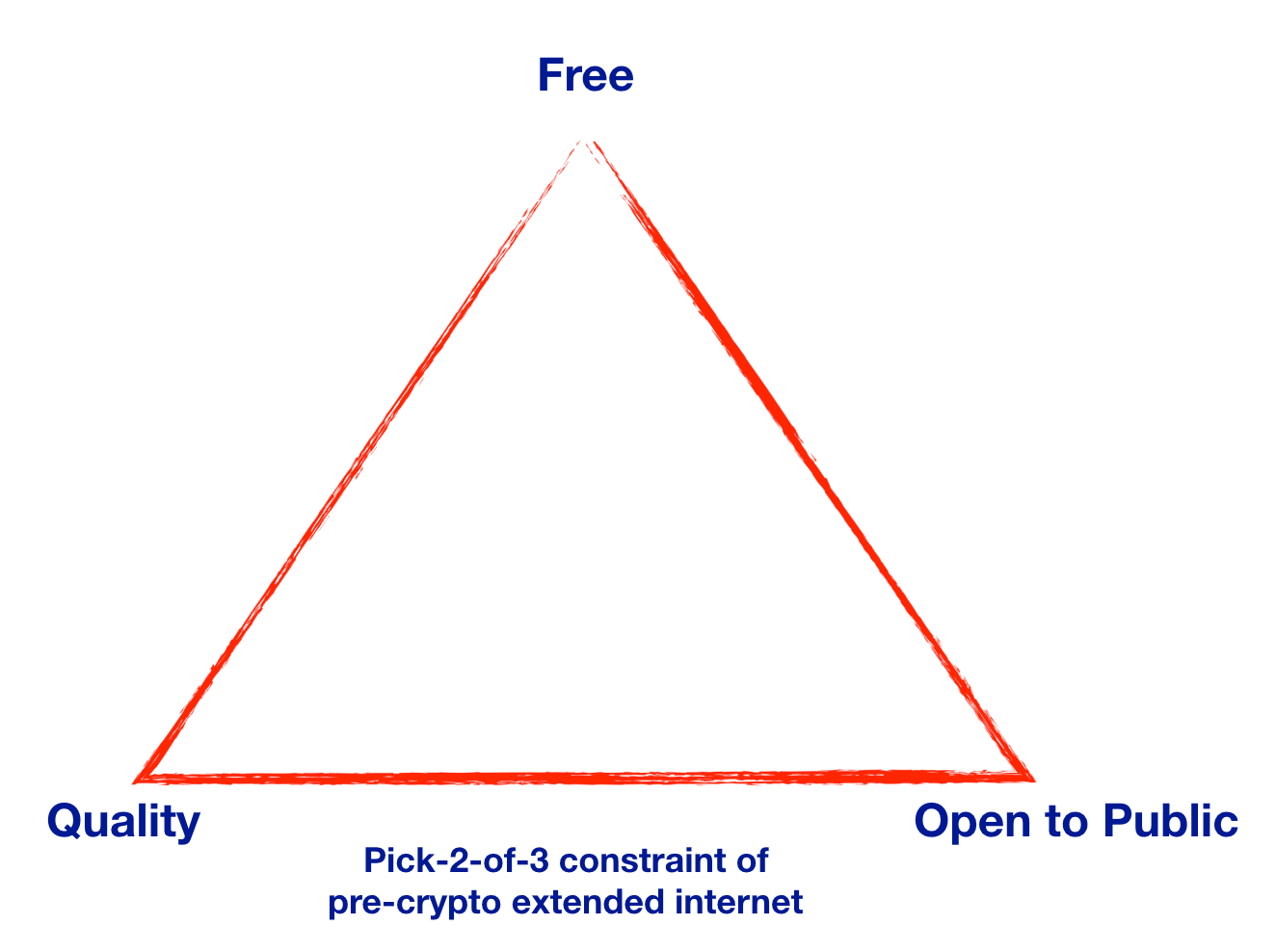
Executive summary
In 2017 and 2018, publishers tried and mostly failed in turning video into a new medium for delivering content and selling advertising on. The same problems that prompted that pivot still exist: digital is crowded, and platforms are continuously changing terms for publishers, each year making it harder to reach audiences. As publishers now turn their focus to subscriptions, many of them will develop a new-found fondness for print. Because in the same way that the unlimited nature of digital brings benefits, so does print’s distinctly limited nature. At its core, the constraints of print together with the saturation of our digital environment nudges publishers in the direction of quality and incentivizes them to build their name as a mark of its editors’ ability in selecting stories, with the publication as delivery vehicle for the most important information over a unit of time. Call it curation as a service.
Curation as a service
The dilemma of digital reading
Since you’re reading this, you likely have the same problem as I do: despite a glut of free content available digitally, it’s close to impossible to find something worth reading. Across the range of subjects that I’m interested in, from things that help me professionally to things that entertain me, there’s hardly any reliable source of timely, quality information to visit because it seems that everyone is chasing scale in order to grow ad revenue. And in going for scale, content is watered down to attract the many over the few. The result is that most outlets today are bland in terms of both their identity and their product, and hardly worth the bother. If only there was a service that freed us from having to wade through an ocean of content by delivering topical reading on a timely schedule.
Differentiation
While we have spent the past two decades marveling at digital’s low barriers to entry, that line of thinking is today obsolete. Digital media properties in 2019 are most accurately described as highly competitive content farms that succeed (or not) by producing mountains of undifferentiated content based on what they believe will bring the highest number of page views—previously from Facebook, today through SEO, and monetized through advertising. In this state of sameness, print is a strategic medium because its associated costs of delivery that makes it the non-default choice for publishing both invites and forces differentiation. For the publisher, what is the factor that would make them publish in print instead of digital? For the reader, why would they pay for a copy and bother to take time to sit down and read it?
Quality
When print was the only choice in publishing, it was the home of all types of publications, from high-brow to tabloid. In a digital-first world it only makes sense to publish thoughts in print of a quality that is high enough for readers to want to pay for. As a high-priced, non-default choice of reading and publishing, print must be either higher in quality or more focused than the free alternatives. In most cases, it will be both. The shift to subscriptions and print is a shift from pleasing the advertiser with a wide reach and effective adverts, to satisfying the reader’s want for a reliable source of practically useful information, or entertainment, in the form of writing.

Figure courtesy of Venkatesh Rao
Subscriptions
What turns a publication from a product into a service is it being delivered consistently over time--meaning, bought by subscription. In late 2018, the subscription made a strong comeback with the New York Times being notably successful in growing its subscriber base. Of highest importance in a subscriber business is continuously offering subscribers value; value that is higher or at least different than what is available from other publishers. Hence the close relation between print and subscription business models. But the most difficult thing with subscriptions is not gaining a reader but keeping them, and the value of doing so is immense becauseincreasing customer retention rates by 5% increases profits by 25% to 95%. As a result, a shift to subscriptions means increasing pressure for publishers to increase quality, to increase their point of difference, and one of the most effective ways of doing so is going into a new medium: print.
A service to culture
Which magazines a person buys can say a lot about that person: their interests, their values, their spending habits. People who read the same niche publications become part of a particular group of people who are in the know; a subculture of highly interested and knowledgeable people that may in turn become actors in shaping that culture. The publication then becomes a fount of that particular culture, where new ideas and trends emerge from. It becomes a membership card sent to you once per week, month, or quarter. Over time, it builds community, and the publications you read become a personal identifier. As digital is becoming increasingly pointless, we may see print return as both a valuable service, and as an integral part of culture, and in some cases may replace digital as the real social media.


